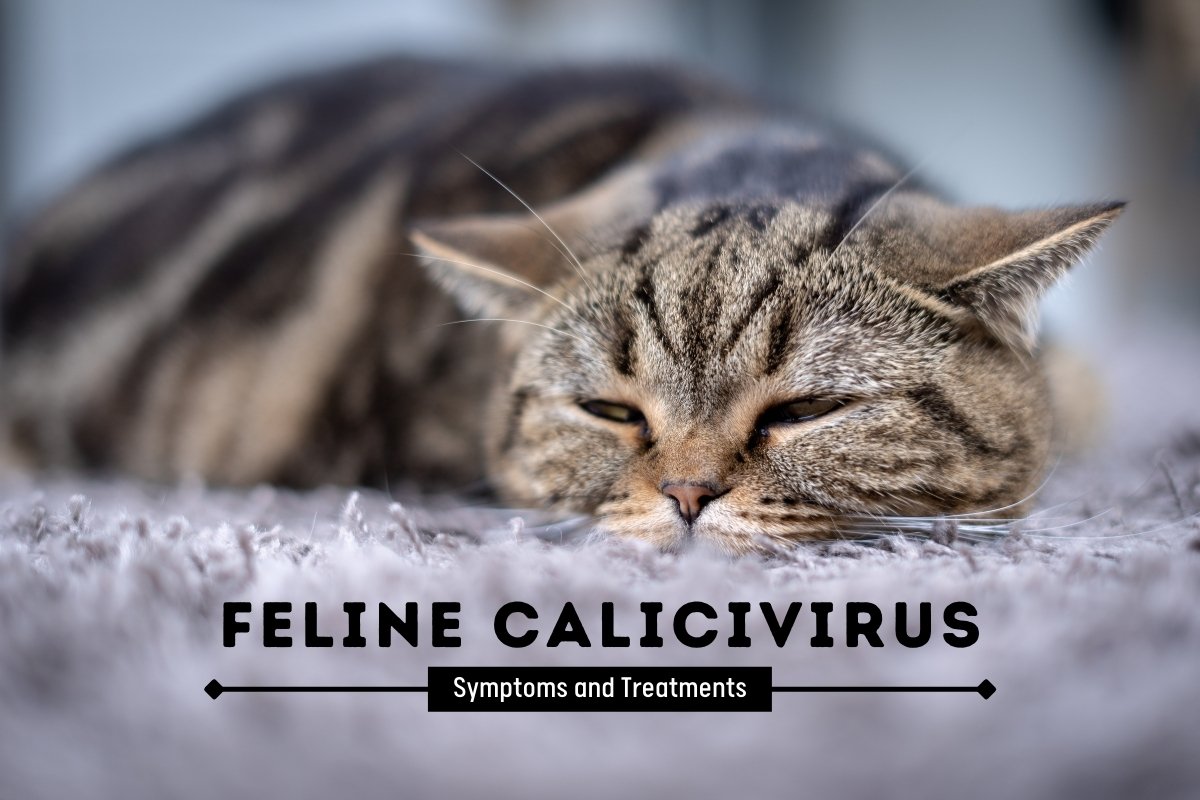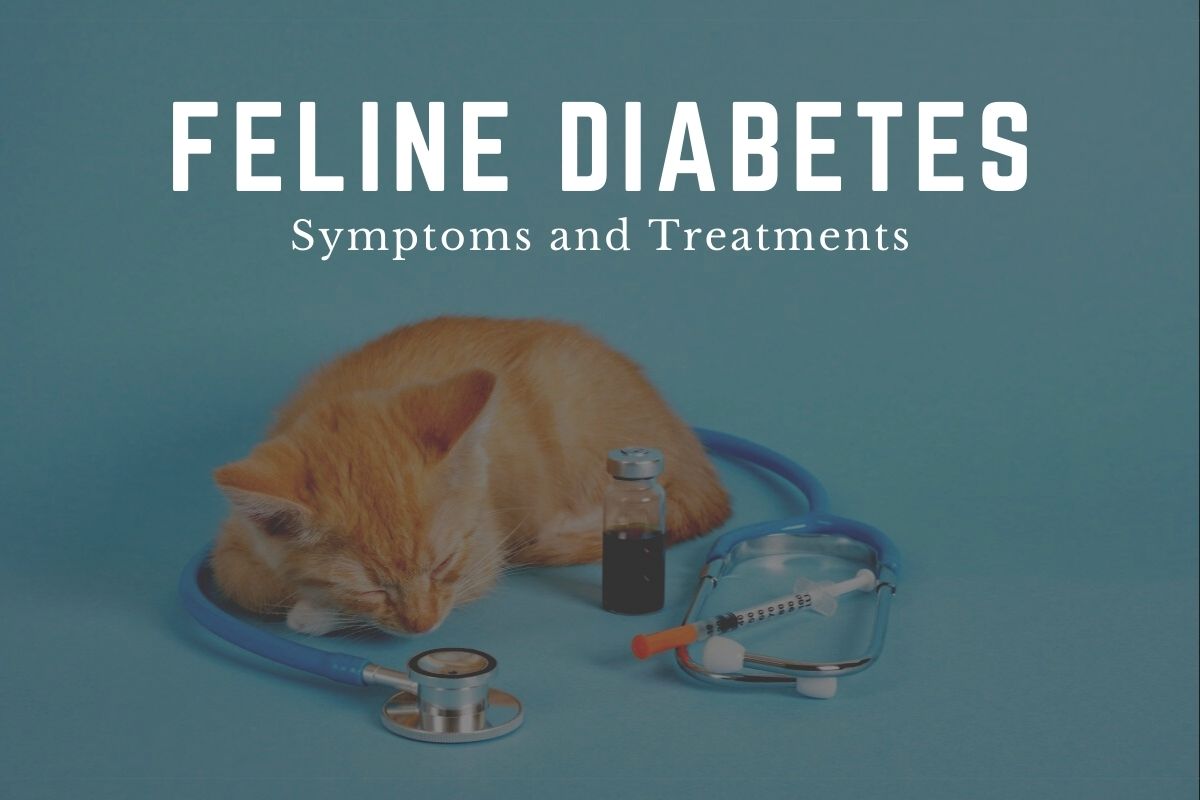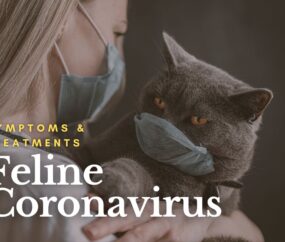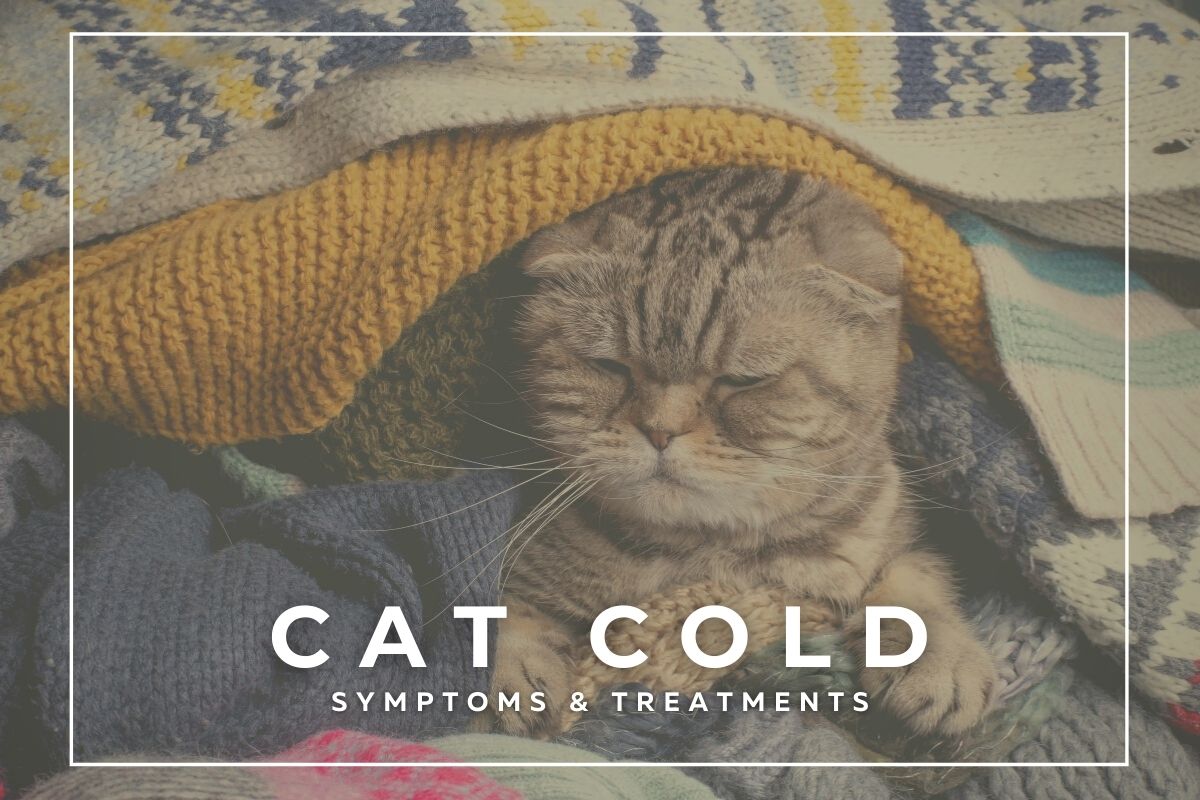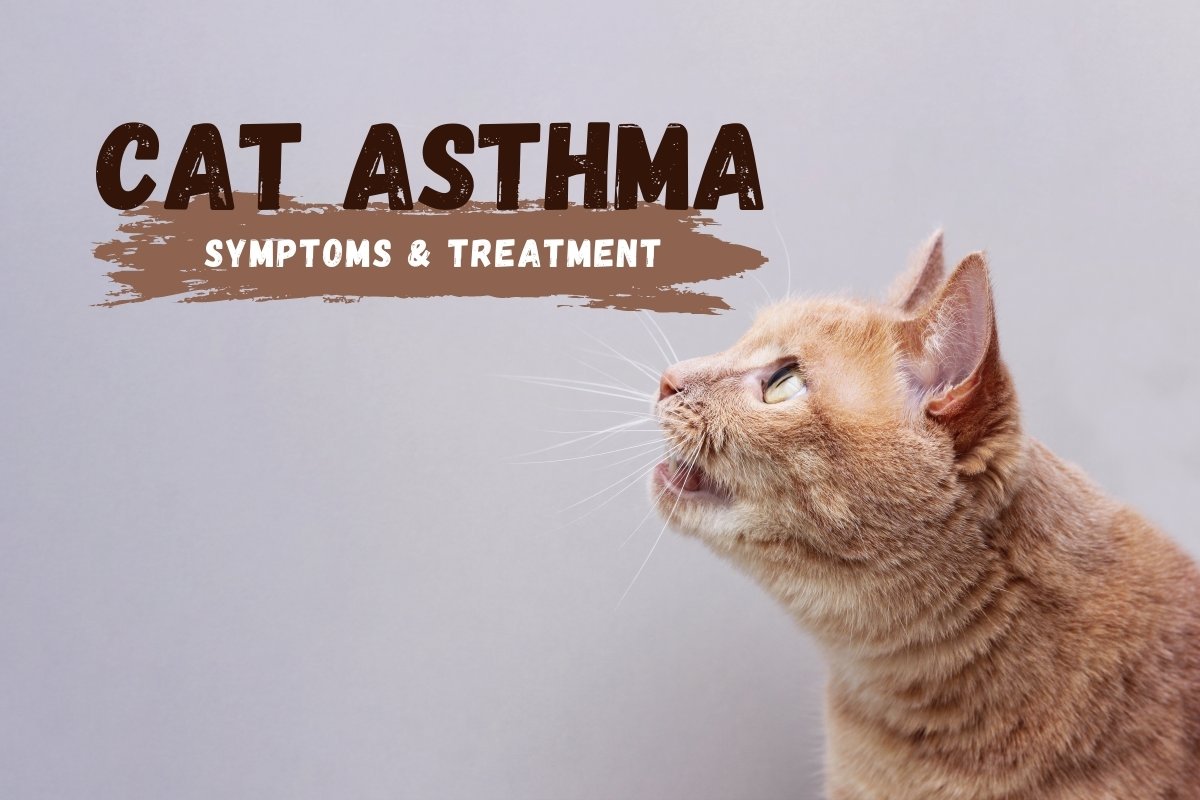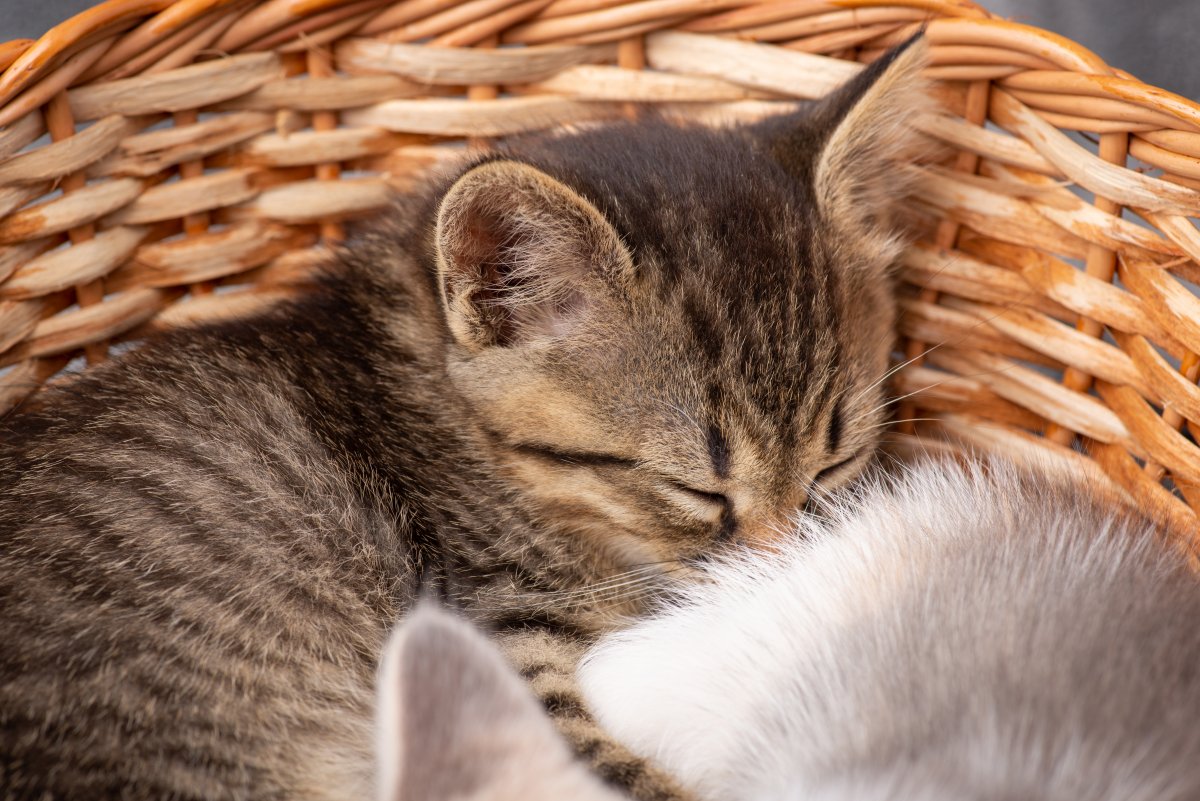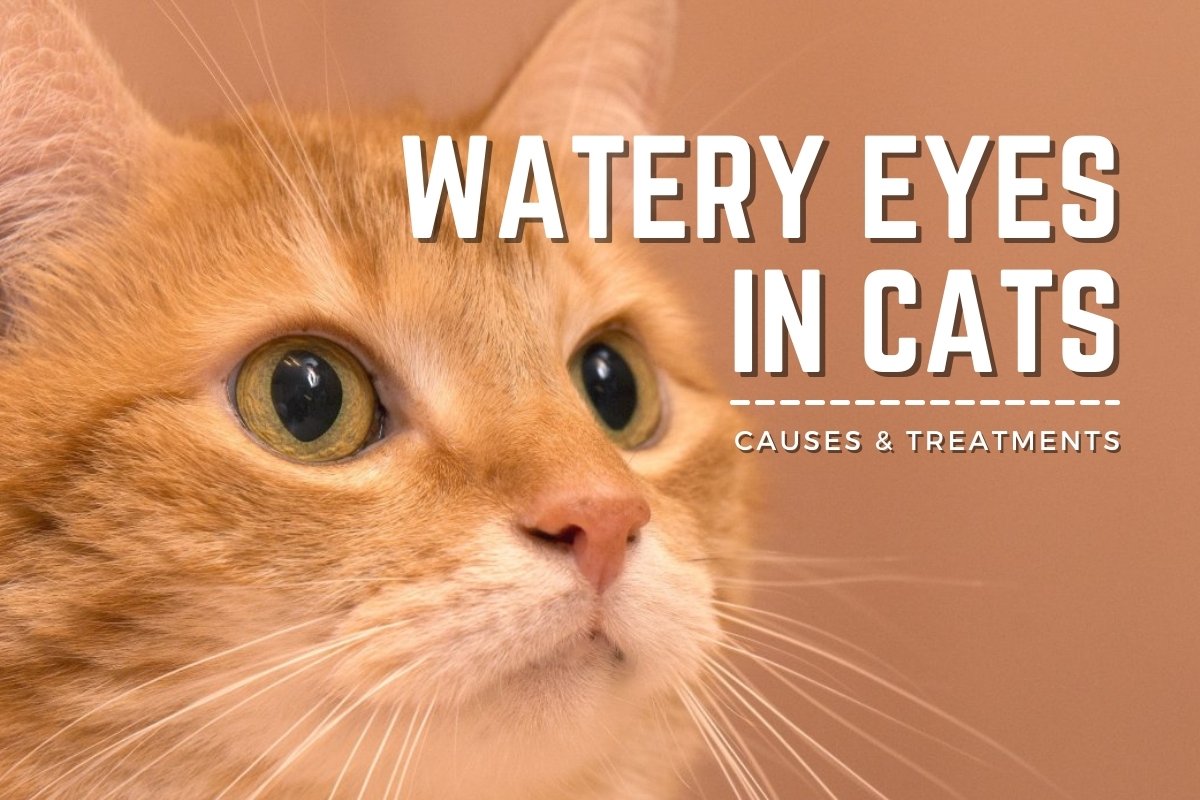How serious is the threat of feline calicivirus to cats? Let’s learn in this article!
Imagine having a furry best friend to go home to. Someone to be with during sadness, happiness, and time of festivities. A cat that becomes closer to you than any human relation sounds all fun, right? But the reality of fostering a cat is the contrary. This is because cats require monthly checkups, grooming sessions, a perfect diet that keeps all their physical health issues in check, and close monitoring for the development of any virus or disease that can prove to be life-threatening.
One such life-threatening virus is Feline Calicivirus in cats. A virus that poses life-threatening dangers to cats but is untouchable to humans.
What Is Feline Calicivirus in Cats?
Feline Calicivirus in cats is a viral disease that leads to acute oral diseases and respiratory infection. Since it is a highly contagious virus, it is mainly bred and spread in cat shelter homes, and breeding colonies, which typically poses a severe danger to young cats. While there are rare feline calicivirus strains that lead to death ultimately, most cats are reported to be recovered after rigorous treatment. Although, its contagious ability is out of a human being’s radar; and it does not affect us.
Feline Calicivirus, also commonly known as FCV, is a part of a giant virus body named Caliciviridae. This virus affects numerous vertebrate animals like reptiles, rabbits, livestock, amphibians, and birds. Another member of this large virus body is norovirus in humans, which becomes the cause of gastrointestinal diseases. But FCV is only found to be effective in cats.
This type of virus is mainly found to be in wild cats. While there is an effective vaccine for this virus, its mutations – which occur readily, are ineffective from vaccines developed until now. The disease’s severity depends on the type of virus mutation found in a cat. In comparison, most of the FCV strains are reported to be causing merely mild diseases and threats to cats. Repetitive mutations of the virus occur to be the reason behind persistent outbreaks of FCV to this date, even after 40 years of rigorous vaccination drives.
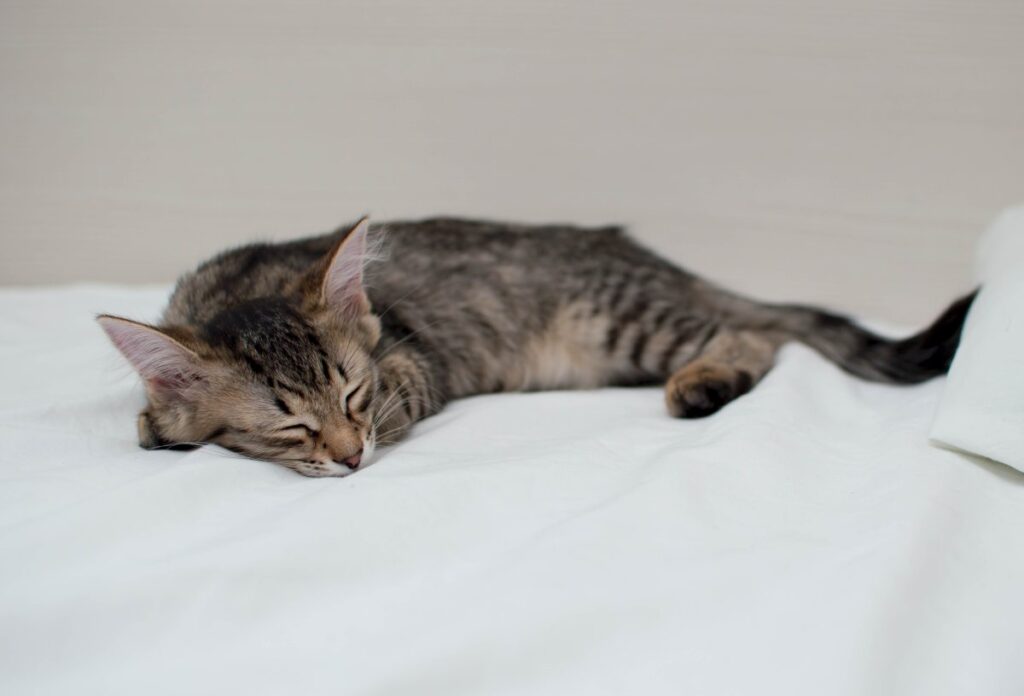
How Can a Cat Get Infected with FCV?
This virus spreads when a cat comes in direct contact with another infected cat’s eye or nasal discharge, saliva, or sneezes droplets. FCV is contracted chiefly through the nose, eyes, or mouth or can be genetically passed on to kittens from their cat moms.
Not only that, but there also have been traces of this virus being contracted through blood, urine, or feces of infected cats, according to some lab tests. If and when infected cats are subjected to rigorous treatments, they tend to shed this virus for the maximum ongoing term of two to three weeks. But some cats have also been reported to carry and shed this virus for months on end, on and off. This is mainly if the infected cat with FCV is not isolated and continues to stay untreated for their diseases, such as in street or shelter cats.
Cats can get infected with FCV if they are exposed to an environment contracted by the virus even after a month because this is how long the virus stays in specific environments. While this virus does not come near humans, it can be transmitted from one animal to another through human contact. If none of these, then objects on which the virus sits can come in contact with a cat’s body and pass it through the fluids inside their bodies. So make sure you are keeping your cat’s food bowl, bedding, and litter box clean and steer clear of any infections.

Feline Calicivirus Symptoms
As mentioned before, the severity and symptoms of the FCV virus will depend on the mutation contracted. The most common initial symptoms include:
- Nasal congestion
- Cold with extreme sneezing
- Drooling
- Fever
- Extreme discharge from nose or eyes
- Ulcers or inflammations on the tongue
- Inflammation around the mouth
- Mild lameness
- Lethargy
- Lack of appetite
If your cat is affected mildly, these symptoms can only be persistent for up to 10 days. If your cat is severely affected by FCV, the symptoms can stay up for six weeks or more.
Treatments of FCV
As of now, there is no treatment option to kill the virus, but there have been reports of a cure or comprehensive Feline Calicivirus treatments. All you, a cat mom or dad, can do is look after your cat and offer them support and professional help while her immune system fights off the infection.
- If your cat is mildly affected, you can keep the treatment ongoing at home. But in severe cases, it is recommended to move the cat under professionals’ observation and under intensive nursing care.
- If you are taking care of your cat at home, make sure you clean their eyes and nose and clear their nasal passages with the help of saline nose drops and vaporizers.
- It is recommended to use anti-inflammatory non-steroidal drugs for infected cats because they can help with extreme mouth pain.
- Other than this, other drugs that are helped to break mucus down can also be used to treat FCV-infected cats.
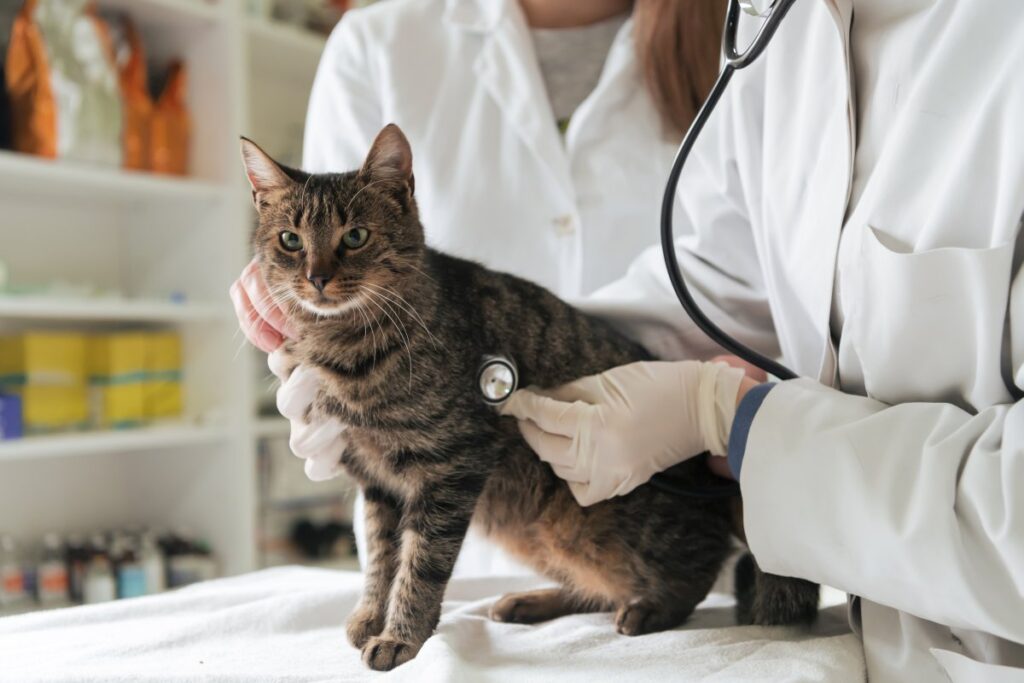
Isolation of FCV Infected Cats
Suppose you foster many stray or domesticated cats, and one of them is being treated for FCV infection. In that case, it is essential to isolate the infected cat and clean all their belonging that may have contracted the virus.
- One-half cup of bleach diluted with a gallon of water can also be used to kill the virus present in the environment.
- It is also better to keep the infected cat isolated even after treatment because cats tend to continue shedding the virus one month after getting rid of the disease.
- Also, make sure to disinfect your entire home to prevent their cats from catching the virus and keeping other animals isolated.
Felive Calicivirus Vaccine
Vaccines like Calicivax or Fel-O-Vax are available to protect your cat from the virus. These vaccines will not entirely eliminate the risk, but they substantially reduce the severity in case your cat is contracted. Multiple studies project the vaccines efficacy is up to 70%.
A kitten can start receiving the vaccine from 8 weeks, two or three injections are recommended. Vaccine boosters should be given every 1 to 3 years.
Conclusion
All the information mentioned above about FCV can help you counter the virus. We hope you now have a better understanding of the disease, including its risks and dangers, since Feline Calicivirus is reported to be the cause of more than 50% of cat respiratory infections.

